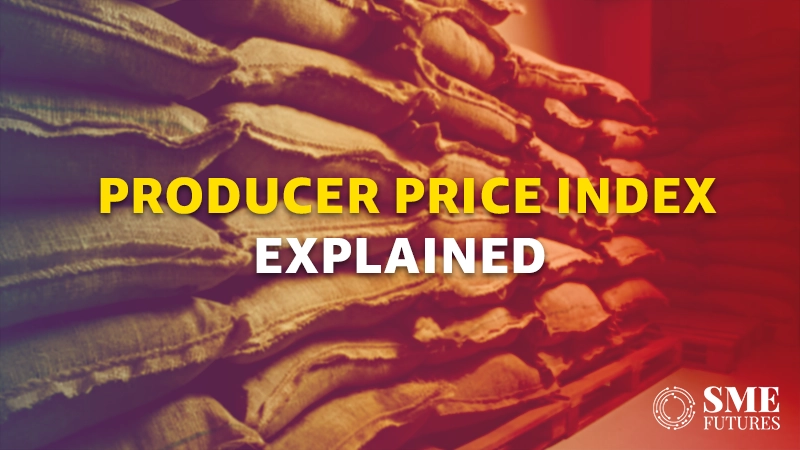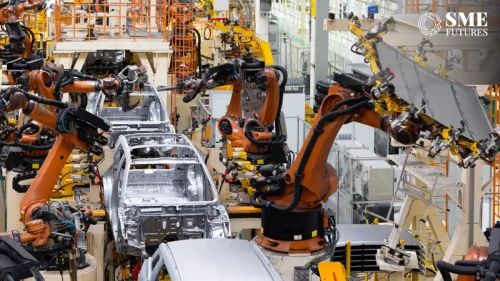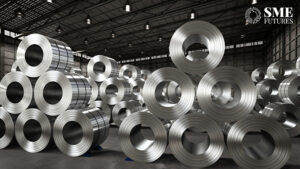When we talk about inflation, two common indices dominate the conversation—the Wholesale Price Index (WPI) and the Consumer Price Index (CPI). But there’s a lesser-known player in the mix that often works behind the scenes—the Producer Price Index (PPI). So, what exactly is the PPI, and how does it shape the broader inflation story in India? Let’s break it down.
But let’s first go through some current economic statistics.
Current trends in WPI and inflation
India’s wholesale prices increased by 1.89 per cent year-on-year in November 2024, easing from a 2.36 per cent gain in October, below forecasts of a 2.2 per cent rise. This marks the 13th consecutive month of wholesale inflation, primarily driven by rising costs in food and manufacturing.
Key Highlights:
• Food Prices: Moderated to 8.92 per cent in November from 11.59 per cent in October, thanks to a slower rise in the prices of vegetables (28.57 per cent vs 63.04 per cent) and onions (2.85 per cent vs 39.25 per cent).
• Primary Articles: Growth softened to 5.49 per cent from 8.09 per cent in October.
• Manufacturing Prices: Accelerated to a 22-month high of 2.00 per cent, driven by faster increases in food products (9.44 per cent vs 7.77 per cent) and pharmaceuticals (1.19 per cent vs 0.42 per cent).
• Fuel and Power: Prices fell by -5.83 per cent, marking the steepest decline since August 2023, primarily due to drops in petrol (-6.83 per cent) and HSD (-5.68 per cent).
What is the Producer Price Index (PPI)?
The Producer Price Index (PPI) measures the average change in prices received by producers for their goods and services over time. Unlike WPI or CPI, which reflect prices at the wholesale and retail levels respectively, PPI focuses on prices at the production stage—essentially what producers are paid for their output.
Key features of PPI:
• Focus on Producers: Tracks the cost changes at the factory or farm gate before products reach wholesalers or consumers.
• Broader Coverage: Includes sectors like manufacturing, agriculture, electricity, and mining.
• No Indirect Taxes: Unlike CPI, it excludes taxes to reflect the real price received by producers.
source: tradingeconomics.com
How does PPI influence WPI and CPI?
The Domino Effect:
1. PPI → WPI: If producers face higher input costs, they pass these on to wholesalers, causing the WPI to rise.
2. PPI → CPI: When wholesale prices increase, retailers eventually hike prices for consumers, leading to higher CPI.
In simpler terms, PPI serves as the starting point for inflation, cascading down to affect prices at both wholesale and retail levels.
let’s understand it more with a real-life scenario:
In 2011-12, crude oil prices surged globally, which directly impacted Indian producers in sectors like refining and chemicals. Here’s how the PPI ripple effect played out:
1. PPI Impact: Refiners paid more for crude oil, raising their output costs.
2. WPI Impact: Wholesalers faced higher prices for petroleum products like diesel and kerosene, pushing WPI upwards.
3. CPI Impact: End consumers felt the pinch as transportation costs soared, reflected in higher CPI.
This cycle demonstrates how an uptick in PPI can trickle down to affect the entire economy.
PPI vs. WPI: What’s the difference?
• Scope:
o PPI includes a broader range of goods and services than WPI, covering intermediate and final products.
o WPI mainly tracks wholesale prices of goods, excluding services.
• Tax Inclusion:
o PPI excludes indirect taxes to reflect actual producer earnings.
o WPI includes taxes, making it less reflective of pure producer pricing.
Renowned economist Bibek Debroy wrote in 2016, “PPI provides a more granular view of price movements, helping policymakers understand inflation at its roots, rather than its downstream effects.”
Why India still relies heavily on WPI and CPI
India does not yet publish a comprehensive PPI but relies on WPI and CPI for policymaking. Here’s why:
• Data Availability: WPI and CPI have been long-established indices with historical data for comparison.
• Ease of Understanding: Policymakers and businesses are more accustomed to interpreting WPI and CPI.
However, economists argue that adopting a PPI-based system could improve the precision of inflation measurement and policy decisions.
How does PPI shape economic policy?
Monetary Policy: When the PPI rises, it signals higher input costs, prompting the Reserve Bank of India (RBI) to consider tightening monetary policy to curb inflation.
Industrial Strategy: Rising PPI in specific sectors (e.g., steel or cement) may prompt the government to intervene, such as by reducing import duties or offering subsidies.
Why should you care about PPI?
The PPI is like the pulse of the production economy. It tells us whether producers are feeling the heat of rising costs or enjoying the benefits of lower input prices. Understanding its interplay with WPI and CPI helps us see the bigger picture of inflation and its impact on our wallets.
As famed economist Milton Friedman once said, “Inflation is always and everywhere a monetary phenomenon.” The PPI ensures we track it right from its source.











